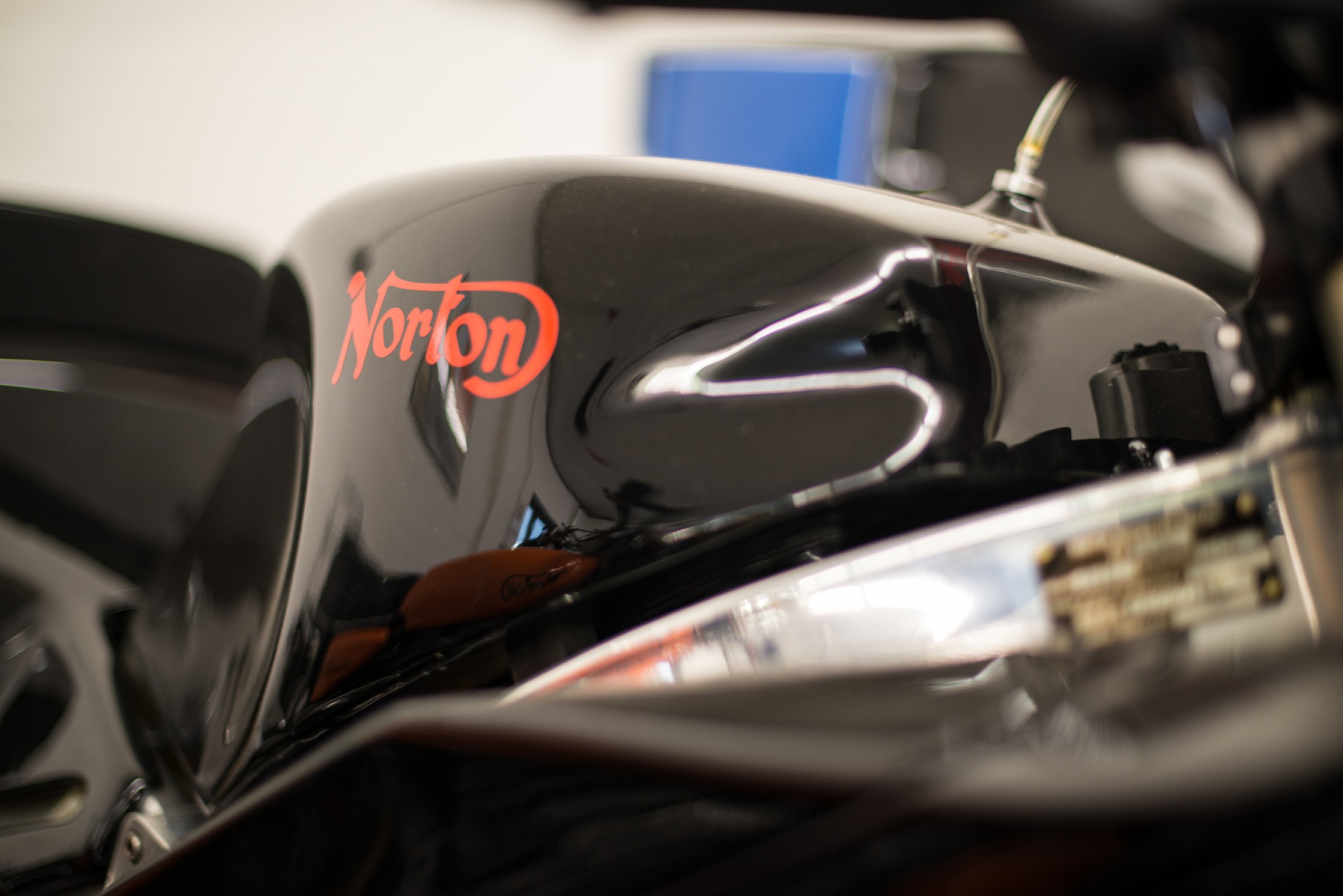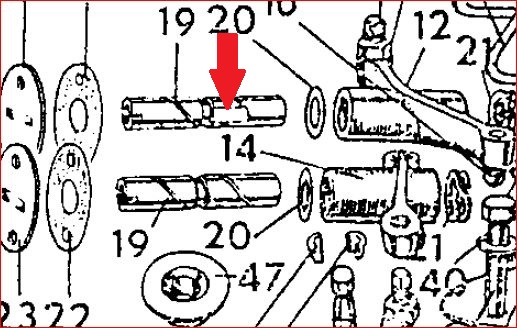jms
VIP MEMBER
- Joined
- Jul 26, 2005
- Messages
- 178
So my Atlas feeds from the top of the head, has a 6 start pump, and originates from the crankcase... so it also is high pressure as I understand it and as Slick has said the plain ( no flats ) spindles that I have should all have the oil hole facing the valves. Correct?In the high pressure system (rocker oil fee to the sides of the head):
If not facing away from center too much oil will be in the head all the time and especially the intake side will be flooded with oil.
I appreciate and agree with your thinking but since the drainage is poor, especially in the intake side, over oiling is a problem. By the same token, the holes through the head that deliver oil to the slots in the end of the spindles do not line up well - "fix" that and you'll also be over oiling.



